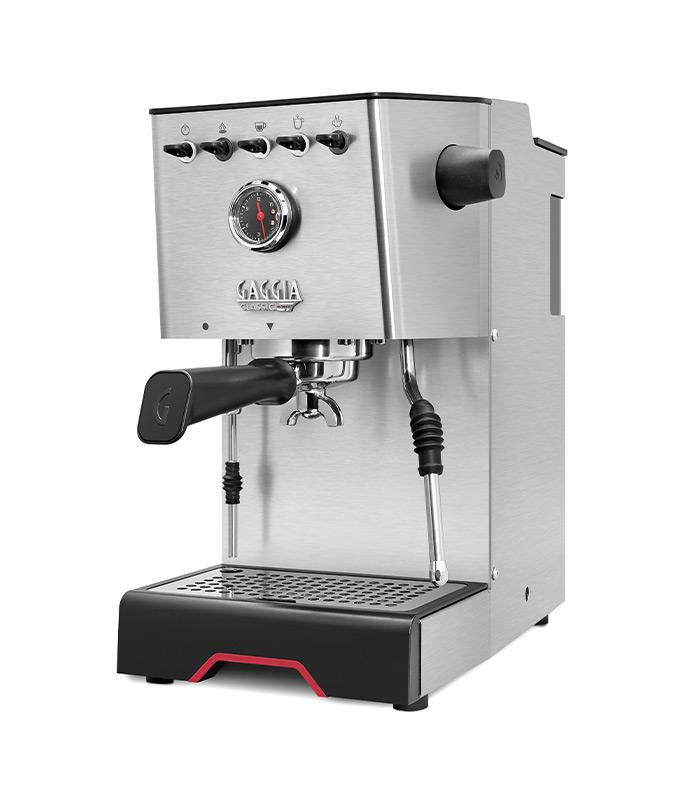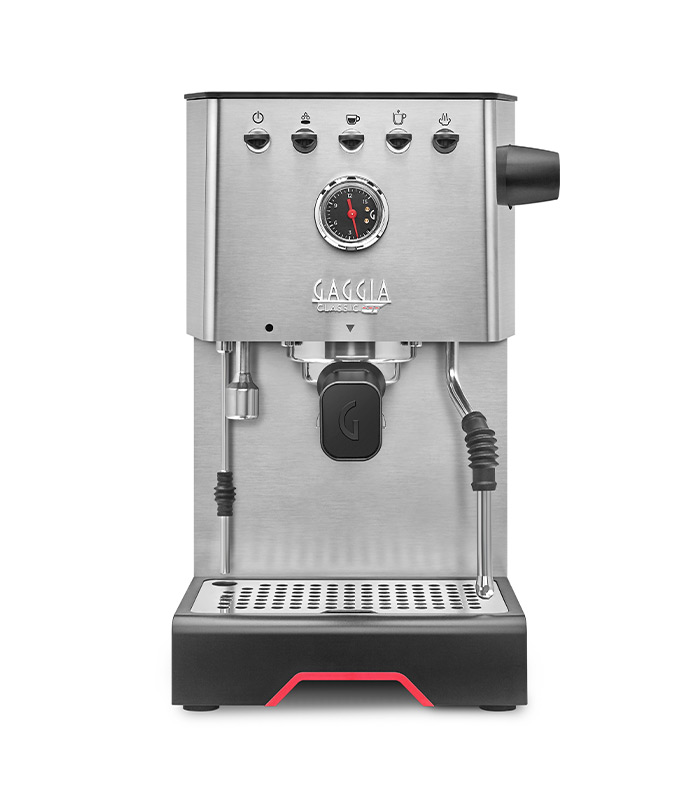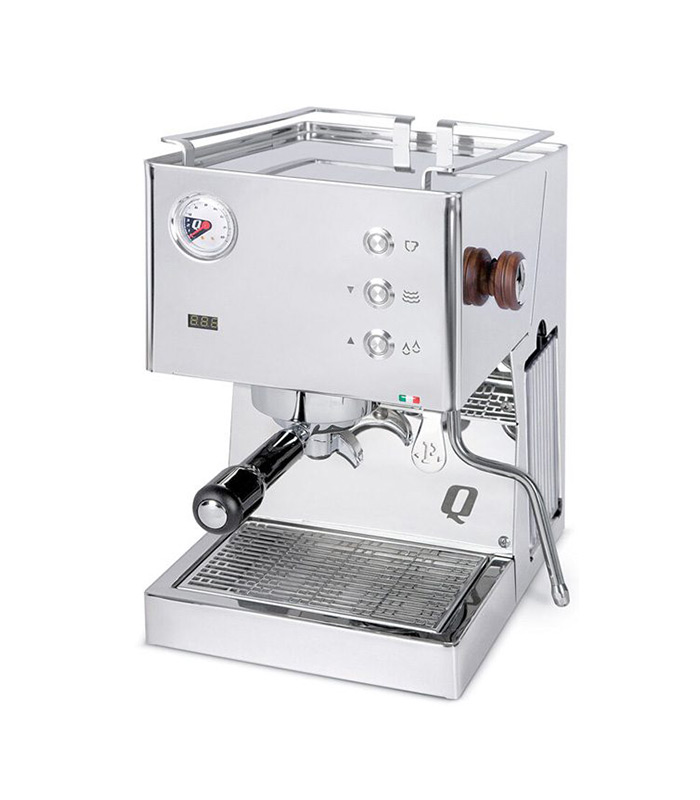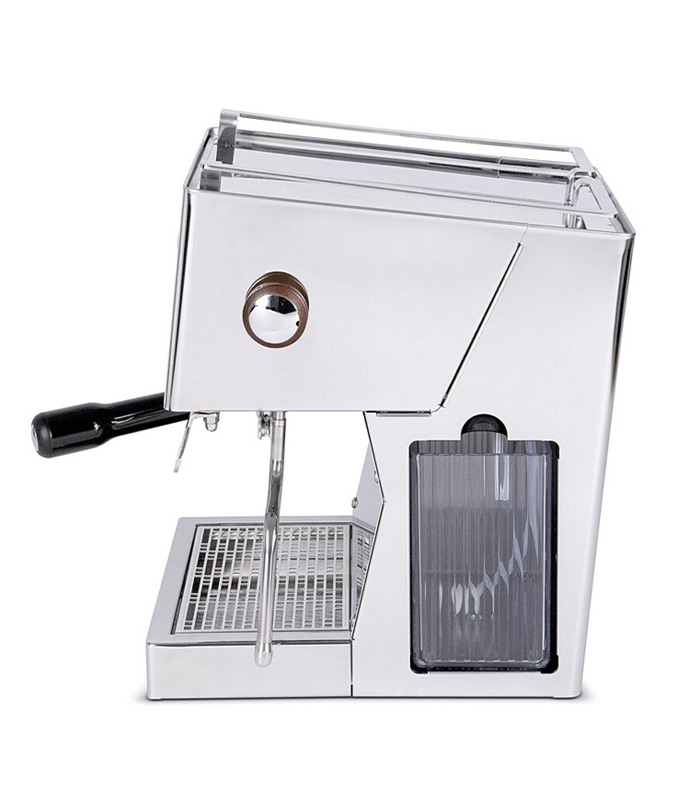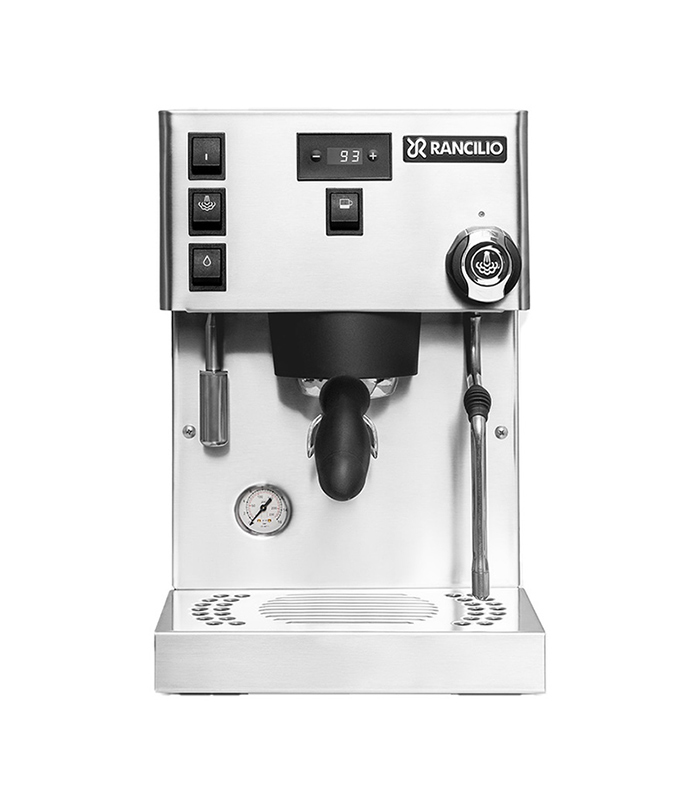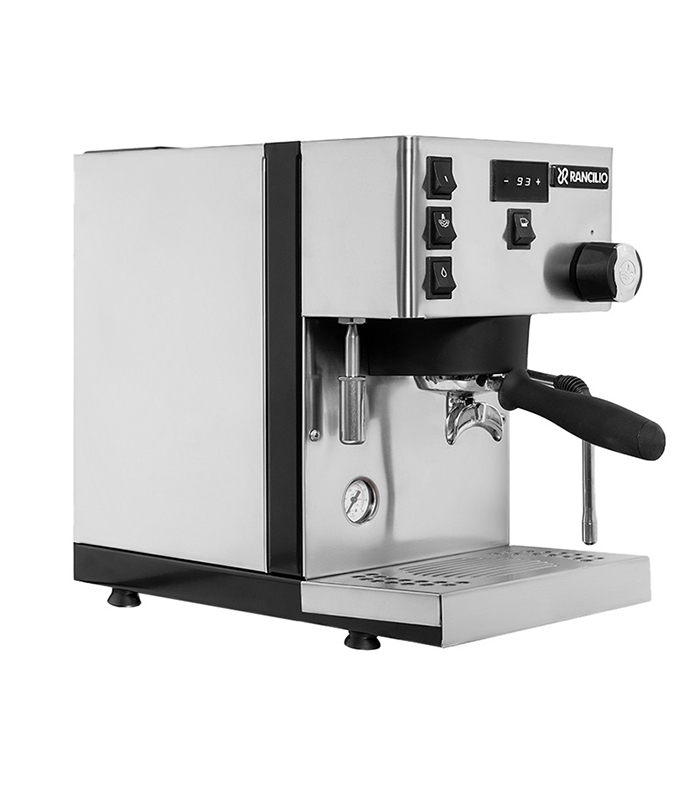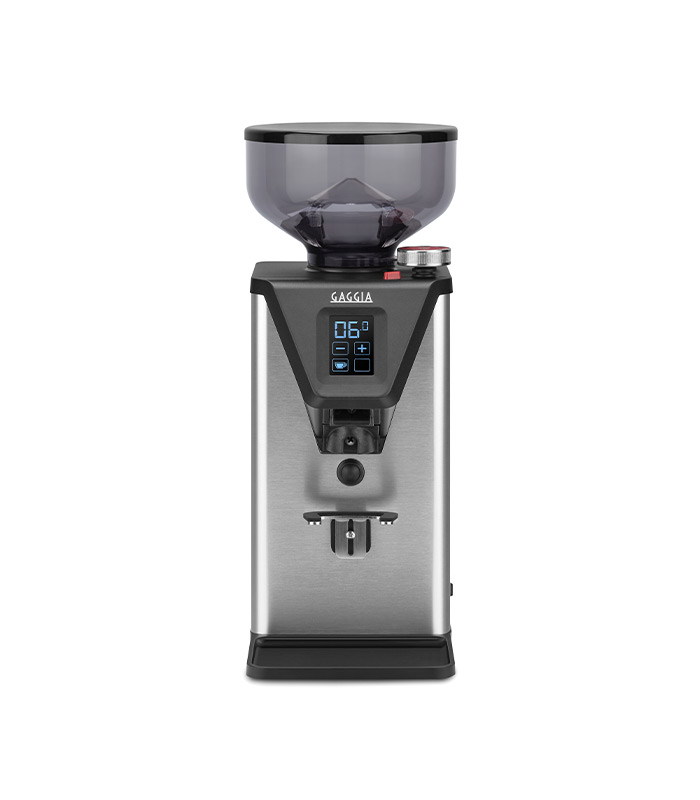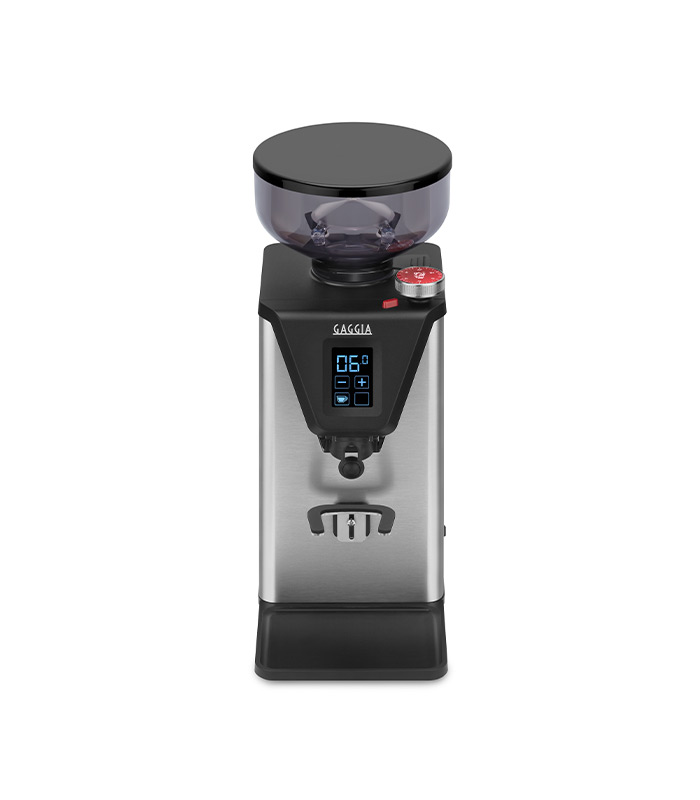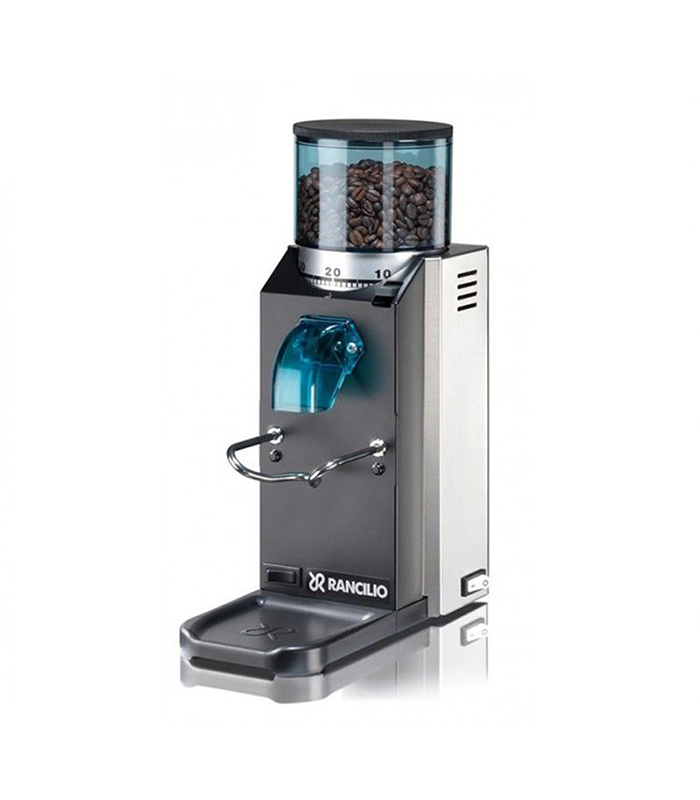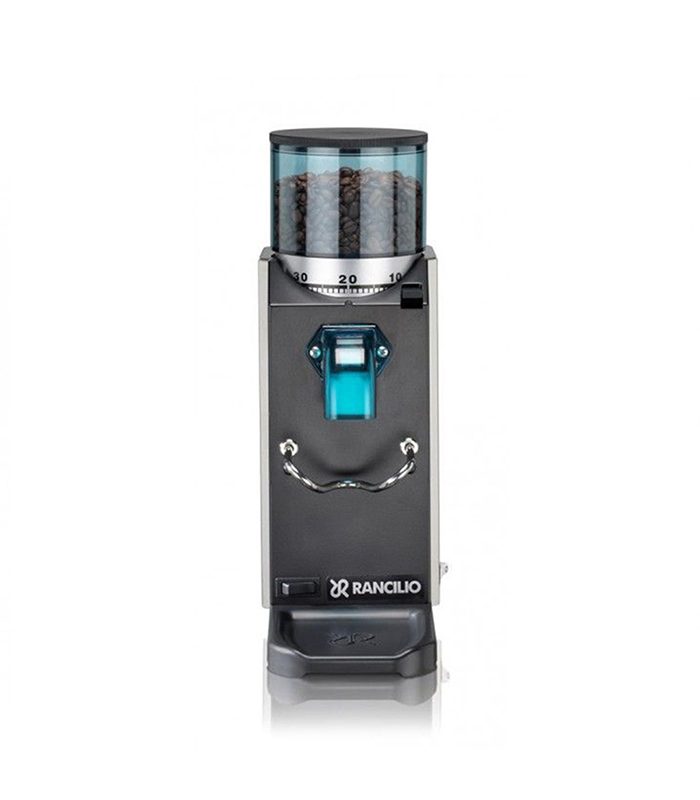Blog
The 5 Most Common Mistakes When Using a Home Coffee Machine

Making a good espresso at home is a daily ritual that can often be spoiled by small oversights or unconscious mistakes due to lack of experience, especially for those using a manual, semi-automatic, or automatic home coffee machine for the first time. In this article, we’ll look at the 5 most common mistakes to avoid in order to improve extraction, even if you’re not a professional barista.
Mistake 1 – Ignoring Extraction Time and Temperature
Many people underestimate how much water temperature and extraction time affect coffee quality. Water that is too hot or too cold can alter the flavor, just like extraction that is too fast or too slow. The water should be between 90 and 96°C (194–205°F), while the ideal extraction time is around 25–30 seconds. Paying attention to these parameters will help you achieve a more balanced, full-bodied coffee with a good aroma. If your machine allows it, you can manually adjust these values. Otherwise, at the very least, make sure your machine is properly heated before use.
If you’re looking for a home coffee machine that lets you precisely control temperature, extraction time, and pre-infusion, here are three perfect models to start (or refine) your home barista experience:
- Quick Mill Pop Up: Compact yet complete, offering advanced features like PID control and pressure profiling, all in a modern, space-saving design.
- Gaggia Classic GT: Robust, with dual boilers, perfect for those seeking Italian-made quality and a first real approach to homemade espresso.
- Rancilio Silvia Pro X: A dual-boiler machine designed for those who want a professional experience even at home.
Mistake 2 – Incorrect Grind Size
One of the most critical aspects of espresso preparation is grind size. If the coffee is ground too coarsely, the water will flow through too quickly, resulting in a weak, watery espresso. On the other hand, if the grind is too fine, extraction slows down, making the coffee bitter and over-extracted. Those using pre-ground coffee should be careful to choose the right grind size for their machine. Those who grind fresh beans have the advantage of being able to fine-tune consistency, achieving more reliable and personalized results.
To always get the right grind size for your brewing style, we recommend three excellent home grinders:
- Rancilio Rocky SD: Compact and solid, with stepless micrometric adjustment, ideal for maximum consistency in dose and grind size.
- Mahlkönig X54: A versatile and quiet grinder, perfect for espresso and other brewing methods, with a modern, intuitive interface.
- Gaggia MDF55: Precise, stable, and uniform in grind quality, designed for demanding home baristas focused on quality.
Mistake 3 – Improper Tamping
When using a manual or semi-automatic machine, the way you tamp coffee into the portafilter makes a big difference. Uneven or tilted tamping can create water channels and cause uneven extraction. Pressing too lightly makes the water flow too quickly, while pressing too hard can block the flow and lead to overly concentrated or bitter coffee. It’s best to apply consistent, moderate pressure and use a tamper that matches the size of your portafilter.
For precise, professional tamping, you can explore our selection of espresso tampers, suitable for all experience levels.

Mistake 4 – Using Old or Poorly Stored Coffee
A common mistake is using coffee that has been open for too long or stored incorrectly. Coffee is a delicate raw material that quickly loses freshness when exposed to light, air, or moisture. Stale coffee produces a flat espresso with little crema and no distinctive aroma. To preserve its qualities, store it in an airtight container in a dry place, away from heat sources. Avoid the fridge, and try to consume opened coffee within a couple of weeks.
To always ensure fresh coffee, you can choose from our best selections of coffee beans, perfect for everyday use and compatible with any type of home machine.
Mistake 5 – Not Cleaning the Coffee Machine Regularly
Another frequent mistake is neglecting machine cleaning. Over time, coffee residues and limescale build up inside the components, negatively affecting both flavor and performance. It’s important to regularly clean the group head, portafilter, steam wand, and filters. In addition, descaling should be done every one or two months, especially if you use hard water. A clean machine lasts longer and produces better coffee.
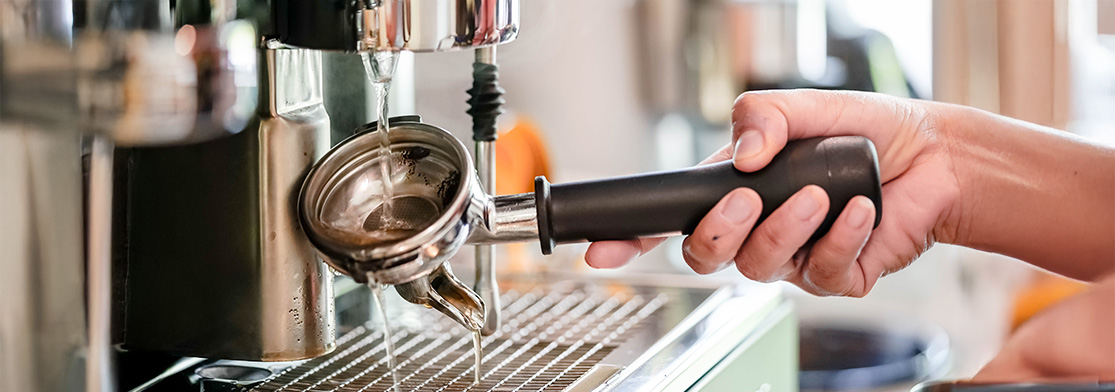
A Better Espresso Starts with Small Details
Avoid these mistakes and you’ll notice an immediate difference in your cup. Sometimes just one small change is enough to turn a mediocre espresso into a delicious, creamy, aromatic coffee.
The machine is only part of the equation: the final quality depends on how you use it, how clean it is, how you store your coffee, and how you manage extraction. With a little practice and attention, making coffee at home can become a pleasant and rewarding habit, day after day.

